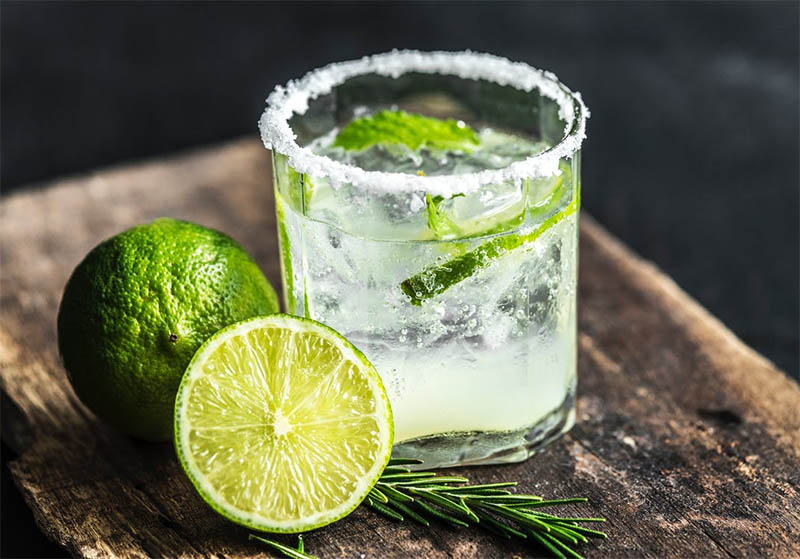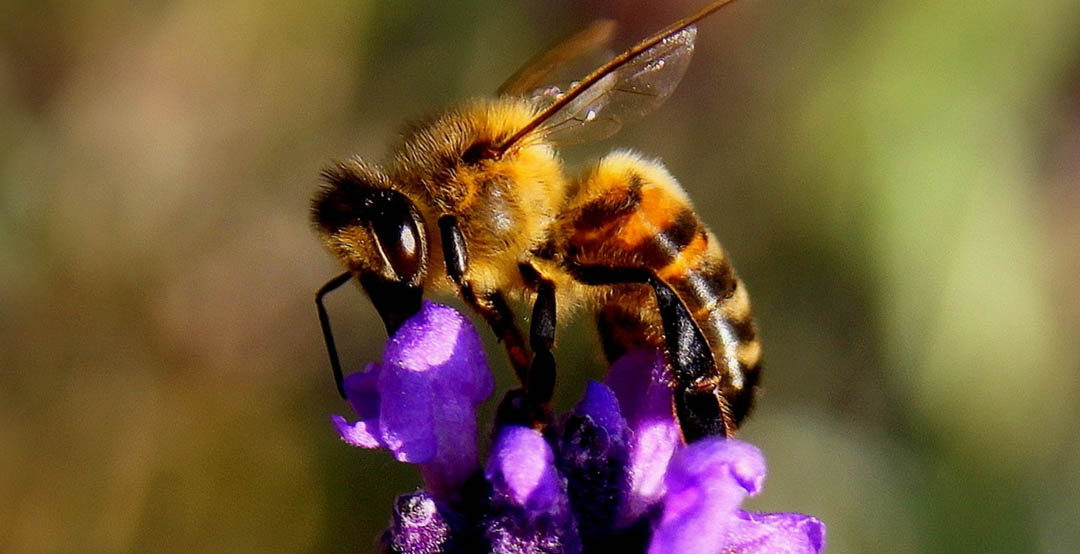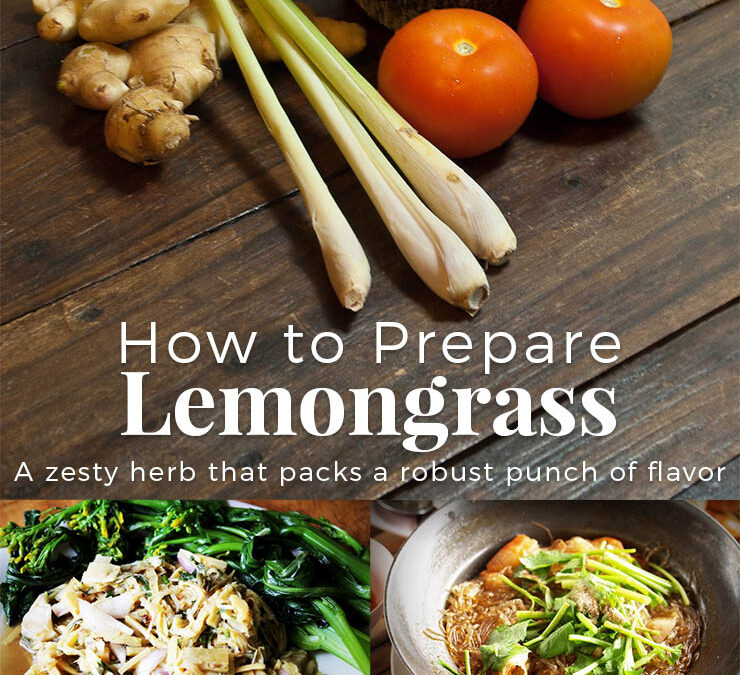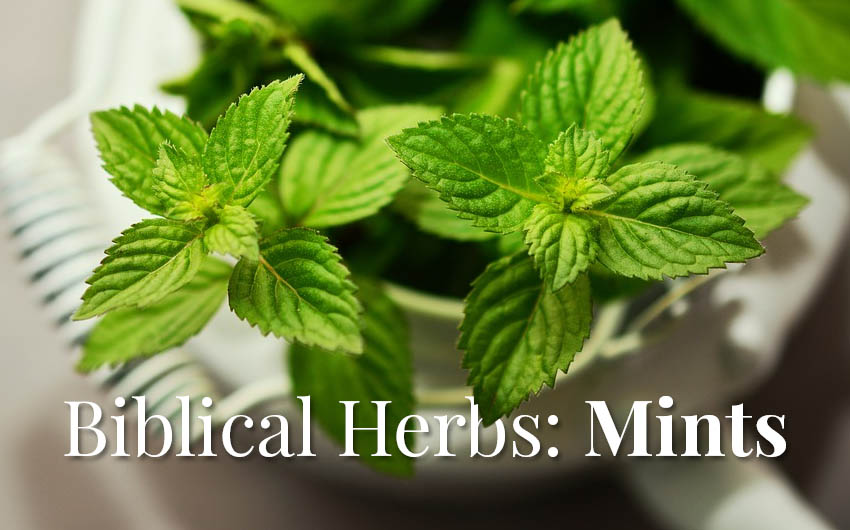
by Herb Exchange | Jul 24, 2019 | Flowers, Wildlife |
Humans are a fickle bunch, and try as I might, they are hard to figure. Say one thing, mean another. Say one thing, find out it wasn’t true. Commit to one thing, then change courses. Not saying I’m any different, but the dependability of nature (well maybe not weather) is something that brings me a lot of comfort. Cycles that repeat; you sort of come to depend on them. Geese come south, geese go north. Jenny wrens nesting in the same clay pots they used the year before. My mother in law’s daffodils emerging in late February, as they have been since she planted 30+ years ago. Even the sturgeon have decided the river is clean enough to make a comeback. We brought them to the brink of extinction, then we decided to bring them back. See what I mean? Fickle.
Well there is one cycle that is truly a wonder: the migration of the monarch. Their life cycle is equally awe inspiring but let’s focus on this trip! There are so many wondrous aspects of this flight, described as ‘epic’, so let’s start with this:
The monarch migration is the longest known insect migration on earth.
Chew on this: a monarch can leave Nova Scotia, Canada and travel to the mountains west of Mexico City, which works out to somewhere around 3,000 miles. A butterfly, mind you. Miracle? (more…)

by Herb Exchange | Jun 12, 2019 | Tuesday Tips, Recipes |
Congratulations on growing your own fresh herbs! As you’re harvesting your fresh herbs you may be wondering of different ways to use them. One of our very favorite culinary uses for fresh herbs is to create Herb-Infused Oils. It’s relatively easy to create your own oil that’s at least as good if not much better than the expensive stuff at high-end grocery stores or specialty food shoppes, and at a fraction of the cost.
Use these delicious herbed oils on almost anything:
- Marinades for meats, fish, and veggies
- Perfect as a salad dressing
- Drizzle over bread, risotto, pasta or any other grain dish
- Stir fry
(more…)

by Herb Exchange | Apr 7, 2019 | Culinary Herbs, Miscellaneous |
A Cocktail Herb Garden
When it comes to cocktails, most people probably focus on the alcohol that goes into them. While alcohol is one of the major components in cocktails, you can take yours to the next level by adding various ingredients. It takes some creativity to make a beautiful cocktail. Things such as garnishes, rims adornments, herb infused syrups, and bitters can dramatically change the taste and flavor of a cocktail. However, herbs remain the most underrated when it comes to mixing cocktails. The good news is that you don’t have to be a connoisseur of drinks to come up with a great herbed cocktail or mocktail drink. Here are some of the herbs you can add to cocktails and how to go about it. Read below for the best herbs for cocktails to grow in your garden!
(more…)

by Herb Exchange | Apr 3, 2019 | Wildlife, Basics, Flowers, Gardening |
No doubt, you are somewhat familiar with the plight of the pollinators. If you listen carefully, it feels as if so much of our natural world is facing a challenge, and it is, but there is something that all gardeners can do to help. Plant a garden packed with the right plants for these pollinators.
We are placing our focus on bees right now, as bees are the most critical pollinator we have. To refresh your memory, the issues facing bees are simple:
- Loss of flowering plants
- Loss of habitats
- Pests and diseases
- Climate change
We want to think that all of us can affect change, and make a difference, and in this case you can. If we focus on the loss of flowering plants, we can definitely be of service to bees in our world. If the problem is the loss of flower-rich habitats, the solution is to plant the best varieties of plants that provide both pollen and nectar. We grow herbs, and over 60 of our herbs are considered bee friendly. (more…)

by Herb Exchange | Mar 19, 2019 | Recipes |
Many cooks have never cooked with Lemon Grass – what a shame! Lemon Grass is an easy, zesty herb that packs a robust punch of flavor to many recipes. Lemon Grass has a plethora of health benefits, especially when paired with other flavorful spices such as Garlic, Coriander, and fresh Chilies.
Cooking with Lemon Grass is as easy as can be.
Simply cut off the lower bulb and remove the tough outer leaves. Most recipes call for the main (yellow) stalk, though some cooks reserve the upper green stem to add to soups and curries for extra flavor. (more…)

by Herb Exchange | Feb 25, 2019 | Miscellaneous, Culinary Herbs, Guest Authors, Herbs |
Plants are first mentioned in the Bible in the first chapter of the first book: “Then God said, ‘Let the earth bring forth grass, the herb that yields seed, and the fruit tree that yields fruit according to its kind…” (Genesis 1:11). Throughout the ages, the Hebrews have attributed holiness to many species of plants. The Scriptures associate feasts, rites and commandments with many plants and their cultivation. Early written information about herbs is found in the Bible back to the time of Moses or even earlier. In Exodus 12:22 Moses tells the children of Israel how to save their children by using the herb and lamb’s blood. “And you shall take a bunch of hyssop, dip it in the blood that is in the basin, and strike the lintel and the two doorposts with the blood that is in the basin.” In Numbers 19:6, 18 hyssop is again mentioned. Also, in 1 Kings 4:33 God gave Solomon wisdom, “And he (Solomon) spoke of trees, from the cedar tree of Lebanon even to the hyssop that springs out of the wall…” Psalms 51:7 refers to this plant: “Purge me with hyssop, and I shall be clean; wash me, and I shall be whiter than snow.” While pride is symbolized by the majestic cedar of Lebanon in Jewish tradition, the lowly hyssop represents modesty and humility. At least eighteen plants have been considered for the hyssop of the Bible, but modern botanists have generally agreed that Syrian majoram (Origanum syriacum) is the likely plant. It seems to fit well with these verses. It was used to cleanse homes defiled by leprosy or death and came to symbolize cleanliness. Its fragrance and taste led it to be prized by the ancient Romans and the Greeks before them. Bridges and grooms wore crowns made of marjoram. It was also quite likely prized in the kitchen, as it is now.
(more…)






